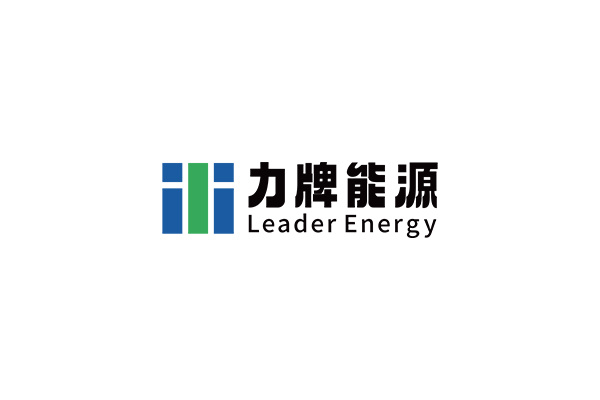Exploring the Benefits of Multi-Nozzle Fuel Dispensers in the Transportation Industry
The multi-nozzle fuel dispenser is an innovative advancement in fuel dispensing technology that has gained significant traction within the transportation sector. Unlike traditional single-nozzle dispensers, which can only deliver one type of fuel at a time, multi-nozzle dispensers are designed to accommodate multiple fuel types, including gasoline, diesel, and alternative fuels. This flexibility n
The multi-nozzle fuel dispenser is an innovative advancement in fuel dispensing technology that has gained significant traction within the transportation sector. Unlike traditional single-nozzle dispensers, which can only deliver one type of fuel at a time, multi-nozzle dispensers are designed to accommodate multiple fuel types, including gasoline, diesel, and alternative fuels. This flexibility not only enhances the user experience but also streamlines the fueling process, making it more efficient for both customers and operators.
One of the primary benefits of multi-nozzle fuel dispensers is their ability to reduce wait times at fueling stations. With multiple nozzles functioning simultaneously, customers can refuel more quickly, leading to higher turnover rates and increased sales volume. This efficiency is crucial in a fast-paced environment where drivers are looking for quick service, ultimately contributing to improved customer satisfaction.
In addition to speed, multi-nozzle systems often include advanced features such as digital display screens and integrated payment systems. These features provide users with important information about fuel selection, pricing, and promotions, enhancing the overall refueling experience. Furthermore, the integration of payment options directly at the dispenser allows for contactless transactions, which have become increasingly important in today's health-conscious environment.
Another compelling advantage of multi-nozzle fuel dispensers is their space efficiency. By consolidating multiple fuel options into a single unit, gas stations can optimize their layout and potentially reduce the footprint required for fuel infrastructure. This can be particularly beneficial for urban locations where space is at a premium. Additionally, the modular design of these dispensers allows for easy upgrades and maintenance, ensuring that gas stations can adapt to changing market demands and technological advancements without extensive renovations.
From an operational standpoint, multi-nozzle dispensers can also contribute to inventory management efficiencies. With the ability to track fuel dispensation across multiple nozzles, station operators can better monitor stock levels, predict demand, and manage supply more effectively. This data-driven approach can lead to cost savings and improved operational performance, which are essential for sustaining profitability in a competitive market.
In conclusion, multi-nozzle fuel dispensers represent a significant step forward in fuel dispensing technology, offering numerous advantages that benefit both service providers and consumers. By enhancing efficiency, reducing wait times, and providing a more user-friendly experience, these dispensers are poised to play a pivotal role in the future of the transportation and fueling industries. As the market continues to evolve, investing in multi-nozzle technology could be a strategic move for gas station operators looking to stay ahead in a dynamic environment.
One of the primary benefits of multi-nozzle fuel dispensers is their ability to reduce wait times at fueling stations. With multiple nozzles functioning simultaneously, customers can refuel more quickly, leading to higher turnover rates and increased sales volume. This efficiency is crucial in a fast-paced environment where drivers are looking for quick service, ultimately contributing to improved customer satisfaction.
In addition to speed, multi-nozzle systems often include advanced features such as digital display screens and integrated payment systems. These features provide users with important information about fuel selection, pricing, and promotions, enhancing the overall refueling experience. Furthermore, the integration of payment options directly at the dispenser allows for contactless transactions, which have become increasingly important in today's health-conscious environment.
Another compelling advantage of multi-nozzle fuel dispensers is their space efficiency. By consolidating multiple fuel options into a single unit, gas stations can optimize their layout and potentially reduce the footprint required for fuel infrastructure. This can be particularly beneficial for urban locations where space is at a premium. Additionally, the modular design of these dispensers allows for easy upgrades and maintenance, ensuring that gas stations can adapt to changing market demands and technological advancements without extensive renovations.
From an operational standpoint, multi-nozzle dispensers can also contribute to inventory management efficiencies. With the ability to track fuel dispensation across multiple nozzles, station operators can better monitor stock levels, predict demand, and manage supply more effectively. This data-driven approach can lead to cost savings and improved operational performance, which are essential for sustaining profitability in a competitive market.
In conclusion, multi-nozzle fuel dispensers represent a significant step forward in fuel dispensing technology, offering numerous advantages that benefit both service providers and consumers. By enhancing efficiency, reducing wait times, and providing a more user-friendly experience, these dispensers are poised to play a pivotal role in the future of the transportation and fueling industries. As the market continues to evolve, investing in multi-nozzle technology could be a strategic move for gas station operators looking to stay ahead in a dynamic environment.








